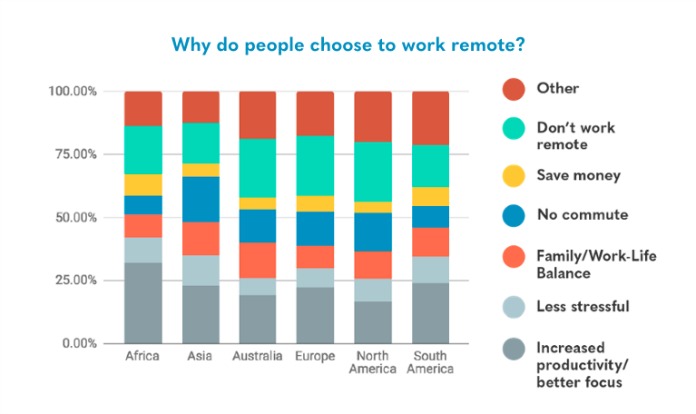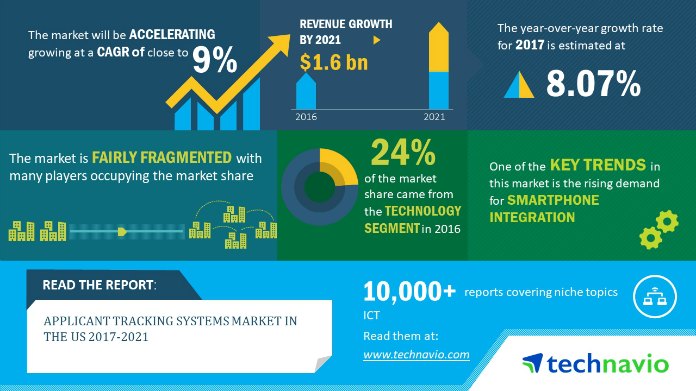Despite a plethora of offerings intended to foster collaboration among scattered workers, the growth remote employees is merely inching along.
According to Owl Labs’ 2018 Global State of Remote Work Report, 56 percent of employers now offer remote work opportunities of some kind. That’s down from 85 percent last year....
As businesses of all sizes begin to take advantage of technology solutions covering everything from finance to operations, marketing and, of course, the workforce, vendors with strong HCM components may find themselves in an increasingly advantageous market position.
The reason’s simple: Alone among organizational functions, HR touches every corner of...
Conversations with several job board leaders and a look at a number of new tools indicate that services such as Dice, Indeed and ZipRecruiter are adjusting their strategies to focus more on matchmaking, education and candidate loyalty than simple job-posting and database building.
For example, ZipRecruiter is “really focused right...
Relatively low prices and the integration of increasingly sophisticated analytical tools will drive growth of the U.S. market for applicant tracking systems to a steady CAGR of 9 percent by 2021, according to a report by research firm Technavio.
Vendors are offering low- and medium-priced systems that allow different types...
By now, most everyone involved in HCM technology has been involved in some kind of discussion about “digital transformation” and “digital business,” not to mention the pressure from employees to have access to simpler, consumer-like self-service tools. However, according to the process-automation company Nintex, HR isn’t even among the...
While recruiters and hiring managers disagree when it comes to performance perceptions and onboarding needs, they agree that talent acquisition technology could use an upgrade.
According to a report released by RPO provider Orion Novotus and HRO Today, recruiters expressed low levels of satisfaction with five aspects of the tools...
HR organizations who successfully transition to a digital work environment spend 26 percent less on HR than their peers and operate with 32 percent less staff, according to benchmark-data analysis by The Hackett Group. At the same time, these HR departments operate at "dramatically higher levels of effectiveness," the...
Knowledge workers say their teams lose as many as 20 hours a month when they rely on tools that aren’t integrated or centralized across the organization. According to a survey by the resource management firm Planview, relying on multiple solutions is more likely to endanger the outcome of projects...
The market for applicant tracking systems will grow from about $1.1 billion to $1.8 billion between 2017 and 2023, a compound annual growth rate of 8.3 percent, according to researcher MarketsandMarkets.
The key driver behind the growth is the increasing penetration of the Internet of Things and related technologies, such...
Deploying effective HCM technology can have a measurable impact on employee turnover, according to a report from Nucleus Research. That, in turn, can directly influence an organization's finances, as well as the efficiency of its operations.
Rather than view high employee attrition as an acceptable cost of doing business, Nucleus...





















